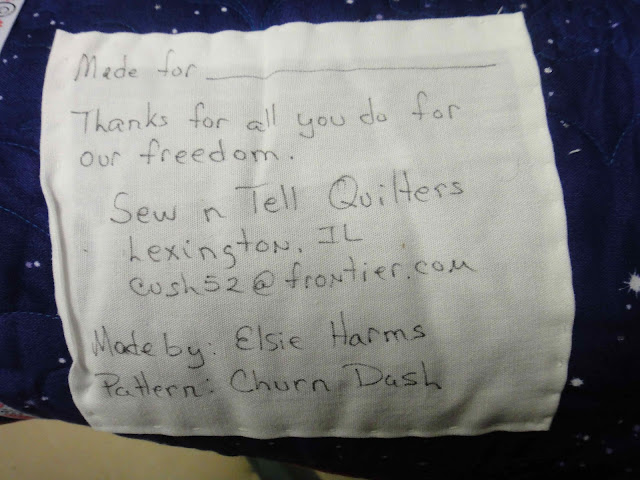 |
| COL Giles, MAJ Ochsenknecht, CPT Khalil, LTC Koutlas, MAJ Jordan |
The Army uses the term "providers" to mean any licensed independent practitioner in the Medical Department. In an FST, this includes doctors and nurse anesthetists. Medical units may have physicians’ assistants and/or nurse practitioners, dentists, optometrists, etc.
Usually, the providers of an FST rotate in for 90 days at a time, unless they are extended. (Of course, the Army can do whatever it wants!) This policy came about after the first Gulf War, after which many medical practitioners who had been activated lost their civilian practices and subsequently resigned their commissions. Other members of the unit deploy for approximately 12 months.
 |
| "Joker" repairing a vascular injury |
LTC Koutlas, MD, has been a reservist for about 6.5 years. His radio call sign is “Joker.” This is his 3rd mobilization; he has previously served for two tours in Iraq. A resident of North Carolina, he is a pediatric and adult cardiac surgeon.
 |
| "Sawbones" repairs a muscle injury with help from Nguyen |
MAJ Jordan, MD, “Sawbones,” is our orthopedic surgeon. As a former infantry officer (HOO-AHH!), he was deployed with the 1st ID in Kosovo. He is the only active duty soldier in the unit. Due to his expertise, he not only performs surgery, but he also sees many clinic patients who require orthopedic consults.
 |
| "Ox"giving a spinal anesthetic |
MAJ Ochsenknecht, CRNA, “Ox,” has 19 years of military service under his belt. He is a prior enlisted soldier who was a member of the signal corps. This is his 5th mobilization, 4th time overseas, and the 3rd deployment to a combat zone.
 |
| The author, "Underdog," passing gas |
COL Giles, CRNA, “Underdog,” (me), just completed his 20th year of service. This is his 7th mobilization, 3rd overseas, and 2nd in a combat zone.
 |
| "Rambo" in action |
|
|
CPT Khalil, MD, "Rambo," is our other general surgeon. He brings to the FST his expertise as a general surgeon, trauma specialist, and critical care provider. He would like nothing better than to go "outside the wire" on a mission. Fortunately for us and the wounded soldiers, providers will always be "Fobbits," a term for those who never leave the FOB.
The views expressed in this blog are those of the author only, and not necessarily of the US Army or the US Government. None of the information given is classified in nature.





















